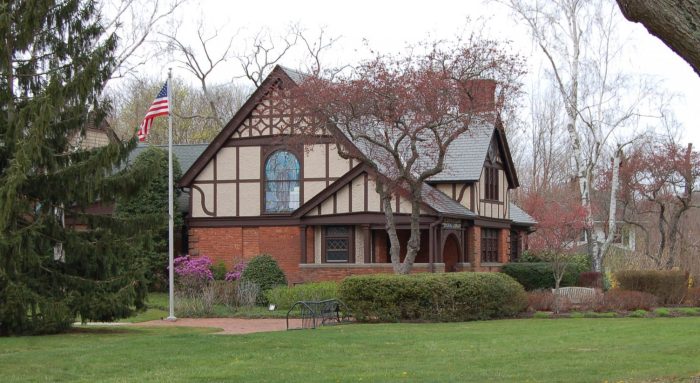Emma S. Clark Memorial Library in Setauket has announced that it has been formally approved as part of The Family Place Libraries™ national network, which emphasizes play-based learning as an essential tool to early childhood development, particularly for those families with young children ages one to three years old.
The Children’s Department at Emma Clark began the process to become certified as a Family Place Library in late 2024, which included extended training for librarians beyond their library schooling. These workshops were taught by child development experts and Family Place Trainers and served as a good refresher regarding building pre-reading skills and helped to spark new ideas for learning through play. The training also focused on supporting parents and caregivers by connecting them with resources and professionals, as well as providing engaging programming opportunities.
“I am excited to be a part of the Family Place initiative which provides a framework for expanding my role as a librarian in connecting with young children, parents and caregivers and facilitating the support they need,” said Marcela Lenihan, one of the children’s librarians who attended the training.
Although Emma Clark already had many of the initiatives in place such as board and picture books, puzzles, a train table, and a coloring spot, in the past year they added more imaginative toys to the Children’s Library, such as dramatic play items (kitchen, market, dress-up clothes, etc.). Looking ahead, Brian Debus, the Head Children’s Librarian, is hoping to add more toys geared towards infants, as well as more comfortable seating for parents, grandparents, and caregivers.
“By joining this initiative, we’re investing in early learning, parent engagement, and community connection, ensuring every child and family gets the best possible start in life,” said Debus.
Furthermore, the children’s librarians are working to fine-tune the already well-established Parent/Toddler Workshop by including community resource professionals at the program on a regular basis. This weekly workshop for children ages 18 months to 3.5 years old and their caregivers has always focused on open play, sharing, and connections with other parents and caregivers.
It will now include specialists — such as pediatric nutritionists, speech pathologists, social workers, and child development experts — so that parents and caregivers may speak one-on-one with professionals and ask questions in a comfortable, informal setting. This program not only aids in the child’s development, but it helps parents and caregivers to feel less isolated and gives them an increased sense of community belonging.
The librarians also plan on offering more handouts from reputable organizations on parenting and childhood development, making the information easily accessible to patrons.
The Family Place Libraries™ model is now in over 500 libraries in 32 states serving thousands of young children and their parents/caregivers.



































